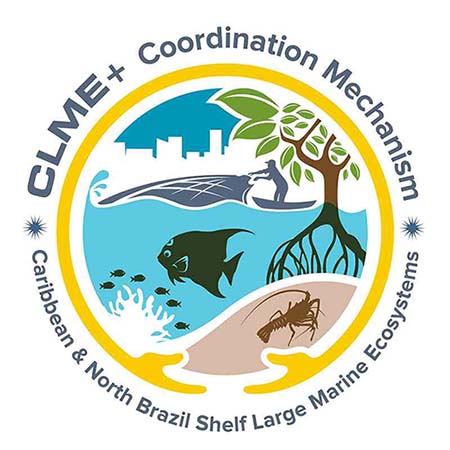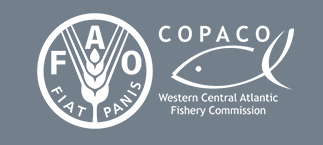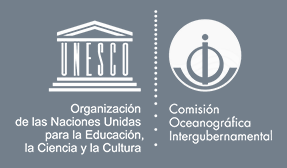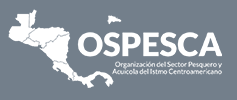Displaying 893 results.

Management and Conservation of Reef Biodiversity and Fisheries A Pilot Project of the GEF/UNOPS Project entitled: “Sustainable Management of the Shared Living Marine Resources of the Caribbean Large Marine Ecosystem (CLME) and Adjacent Regions
Author: UNEP CEP
Year:
Keywords: Management and Conservation of Reef Biodiversity and Fisheries A Pilot Project of the GEF/UNOPS Project entitled: “Sustainable Management of the Shared Living Marine Resources of the Caribbean Large Marine Ecosystem (CLME) and Adjacent Regions fisheries
 4
4


 Report issue
Report issue

Management and Conservation of Reef Biodiversity and Reef Fisheries Pilot Project: Governance assessment for Pedro Bank, Jamaica
The purpose of the CLME pilot projects and case studies is to explore and understand various key parts of the framework in a ‘learning by doing’ mode. They will explore how the approach of developing functionality of policy cycles and linkages in various parts of the framework could lead to improved transboundary LMR governance in the WCR. These CLME Project components have been designed to encompass the full range of transboundary LMR situations with emphasis on different level of the framework and different geographical regions of the WCR. The governance assessment of these pilots and case studies is being approached through a common methodology. The Case Study for the Pedro Bank, Jamaica, addressed in this report is one such component.
Author: CERMES
Year: 2013
Keywords: coral reefs, fisheries
 6
6


 Report issue
Report issue
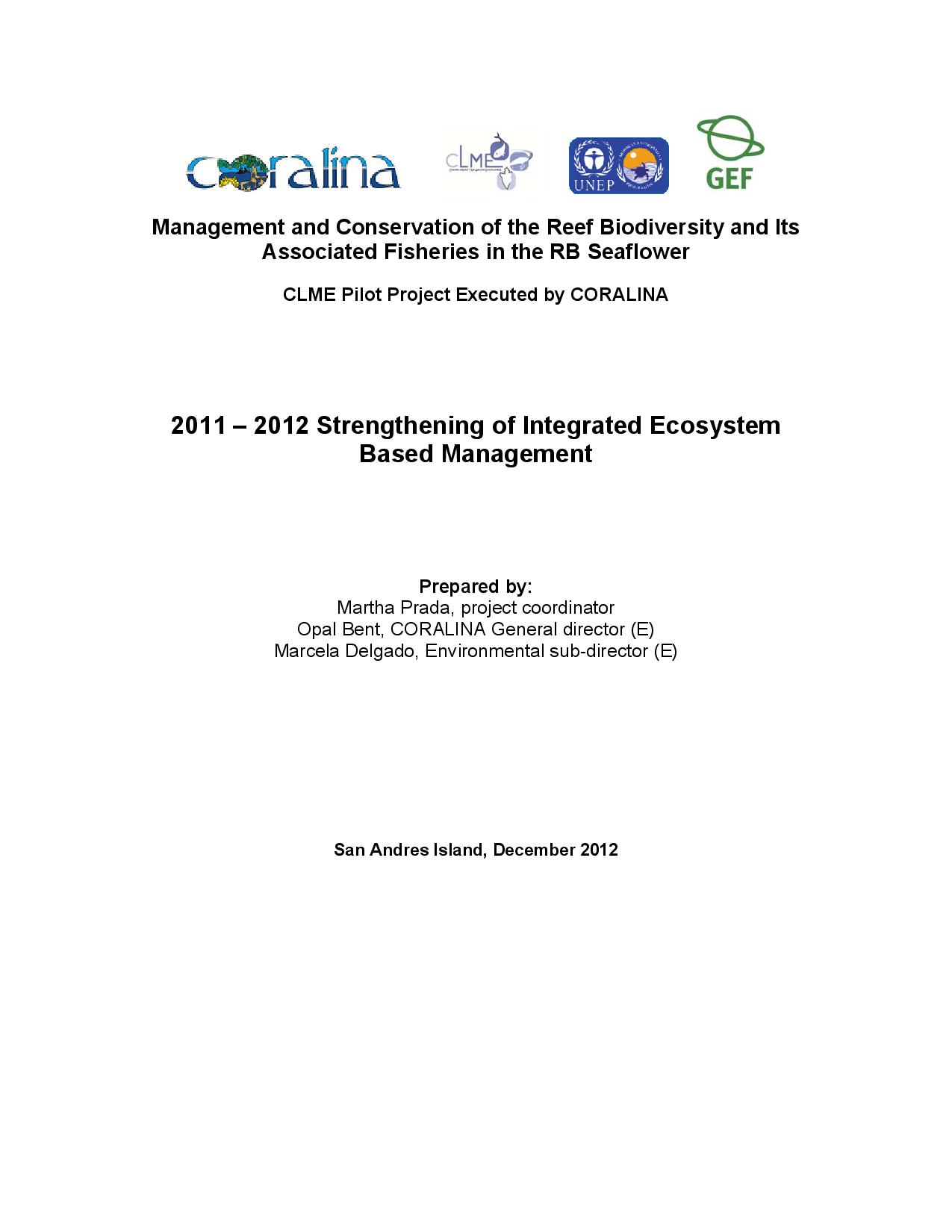
Management and Conservation of the Reef Biodiversity and Its Associated Fisheries in the RB Seaflower CLME Pilot Project Executed by CORALINA
The current report presents the CLME pilot project outputs achieved by CORALINA and its local partners as contemplated in the activity named “Strengthen ecosystem-based management”. There were three main project outputs expected to be completed, which were achieved and exceeded. These successful results are expected to generate scientific information needed to improve integrated resource management, better value ecosystem services and goods, thus applying holistic criteria, and not focusing on single species.
Author: Prada, M., Bent, O., and Delgado, M.
Year: 2012
Keywords: Reef Biodiversity and Its Associated Fisheries in the RB Seaflower CORALINA EBM, Ecosystem Based Management
 3
3


 Report issue
Report issue
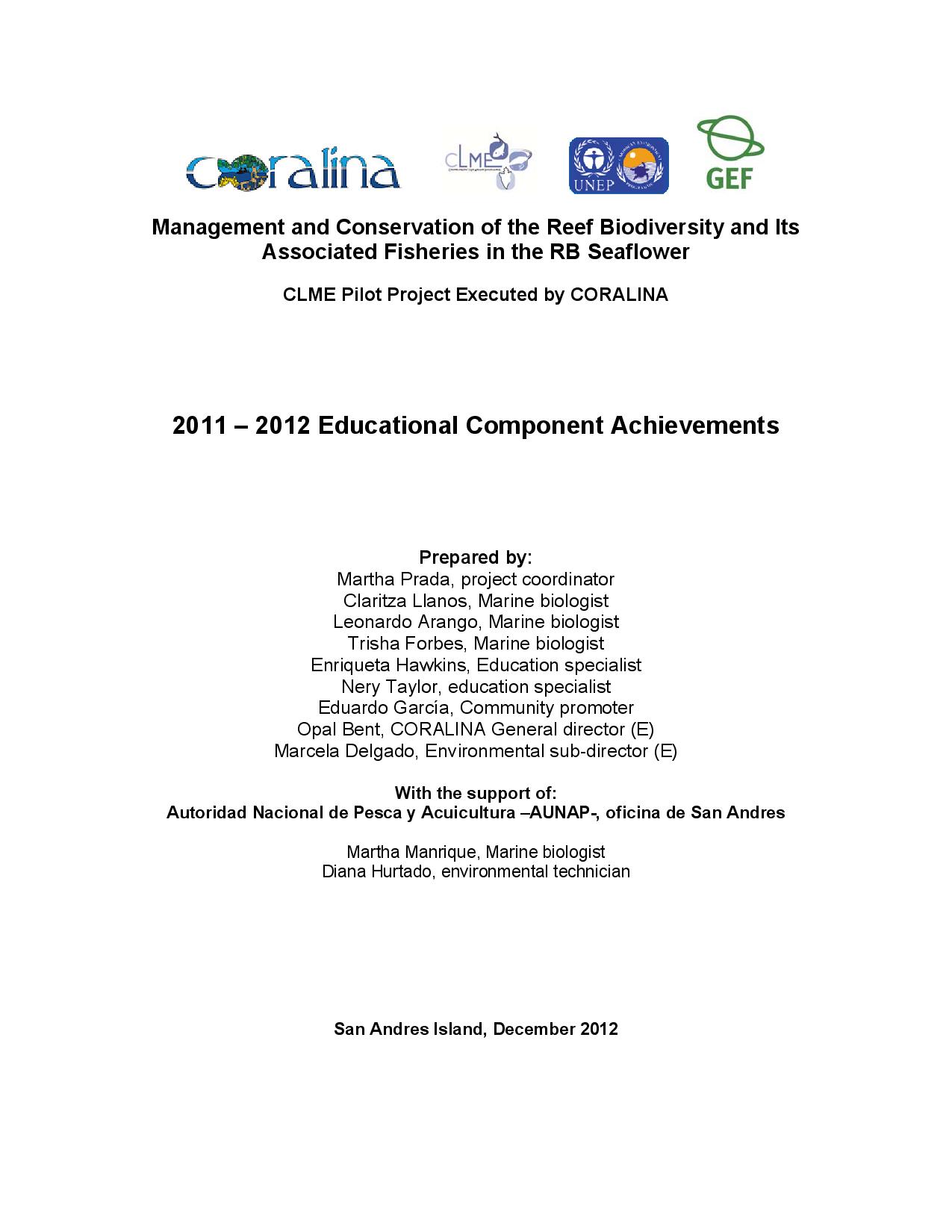
Management and Conservation of the Reef Biodiversity and Its Associated Fisheries in the RB Seaflower, 2011 – 2012 Educational Component Achievements, CORALINA
The current report presents the CLME pilot project outputs achieved by CORALINA and its local partners as contemplated in the activity named “Public awareness, education, and outreach”. There were four main project outputs expected to be completed, and we are proud to report how CORALINA exceeded them as described below. This pilot focused its educational activities on key species that were both, identified important for the evaluation Seaflower Marine Protected Area (MPA) performance and important as fisheries stocks.
Author: Prada, M., Llanos, C., Forbes, T., Hawkins, E., Taylor, N., García, E., Bent, O., and Delgado, M.
Year:
Keywords: Reef Biodiversity and Its Associated Fisheries in the RB Seaflower
 5
5


 Report issue
Report issue

Management of Deep-sea Fisheries in the High Seas Vulnerable Marine Ecosystems (Presentation)
Author: Sanders, Jessica
Year:
Keywords: Deep Sea Fisheries working group Deep Sea Fisheries, governance
 4
4


 Report issue
Report issue
Management Performance Review of the Bahamas Lobster Fishery 2016, Fishery Progress Organization
The fishery is currently part of a Fisheries Improvement Project (FIP) and management performance is measured against the Marine Stewardship Council’s Standard. This document was created to fulfill management performance review requirements and has undergone an external review, a review by the Bahamas Spiny Lobster Working Group and the Department of Marine Resources. The Department of Marine Resources is ultimately responsible for the contents of this document.
Author: FisheryProgress.org
Year: 2016
Keywords: spiny lobster working group grupo de trabajo de la langosta Espinosa Working Group, fisheries, spiny lobster
 4
4


 Report issue
Report issue
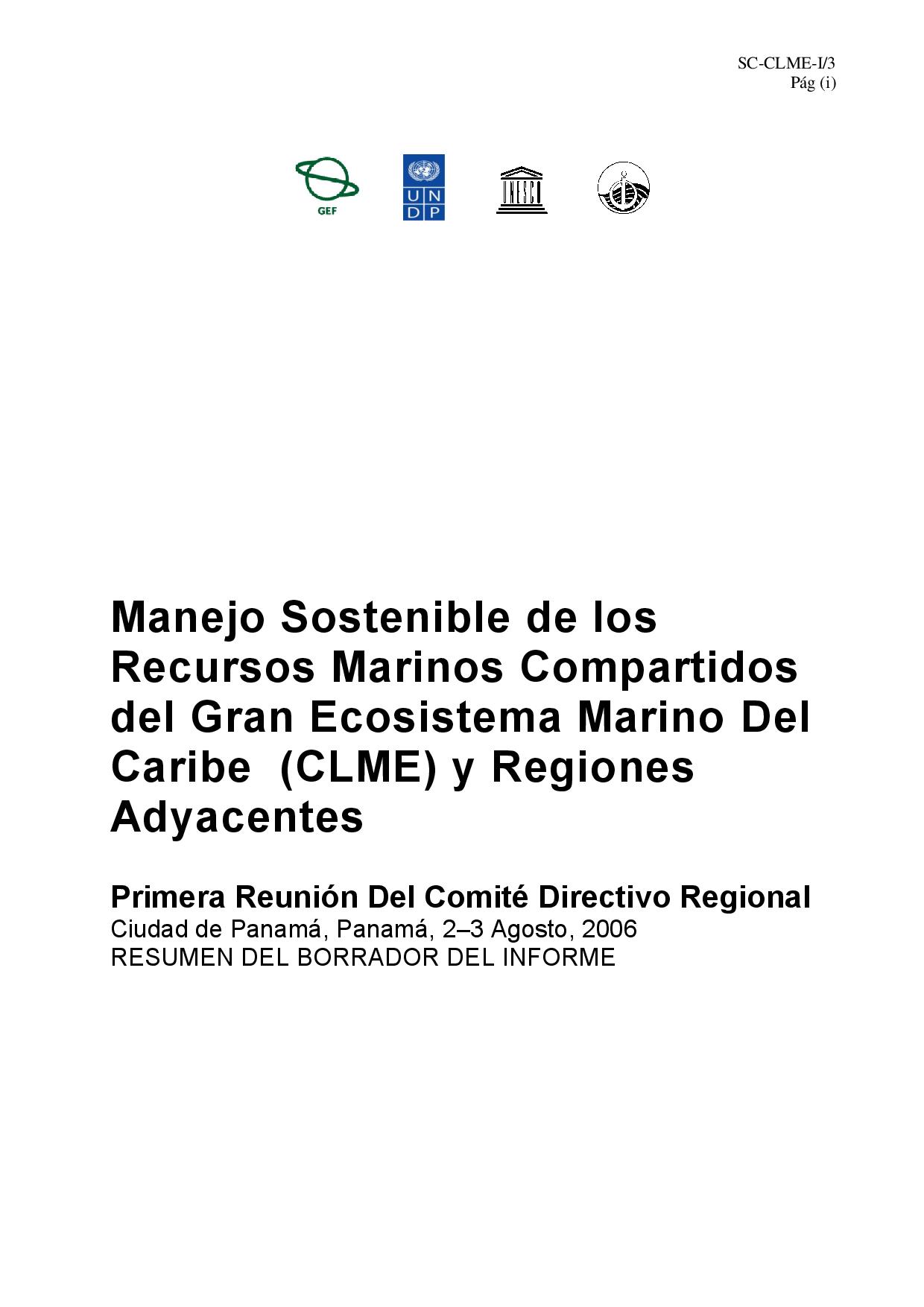
Manejo Sostenible de los Recursos Marinos Compartidos del Gran Ecosistema Marino Del Caribe (CLME) y Regiones Adyacentes – Primera Reunión Del Comité Directivo Regional Ciudad de Panamá, Panamá, 2–3 Agosto, 2006 Resumen borrador del informe
Author: CLME PCU
Year: 2006
Keywords: Large Marine Ecosystems
 4
4


 Report issue
Report issue
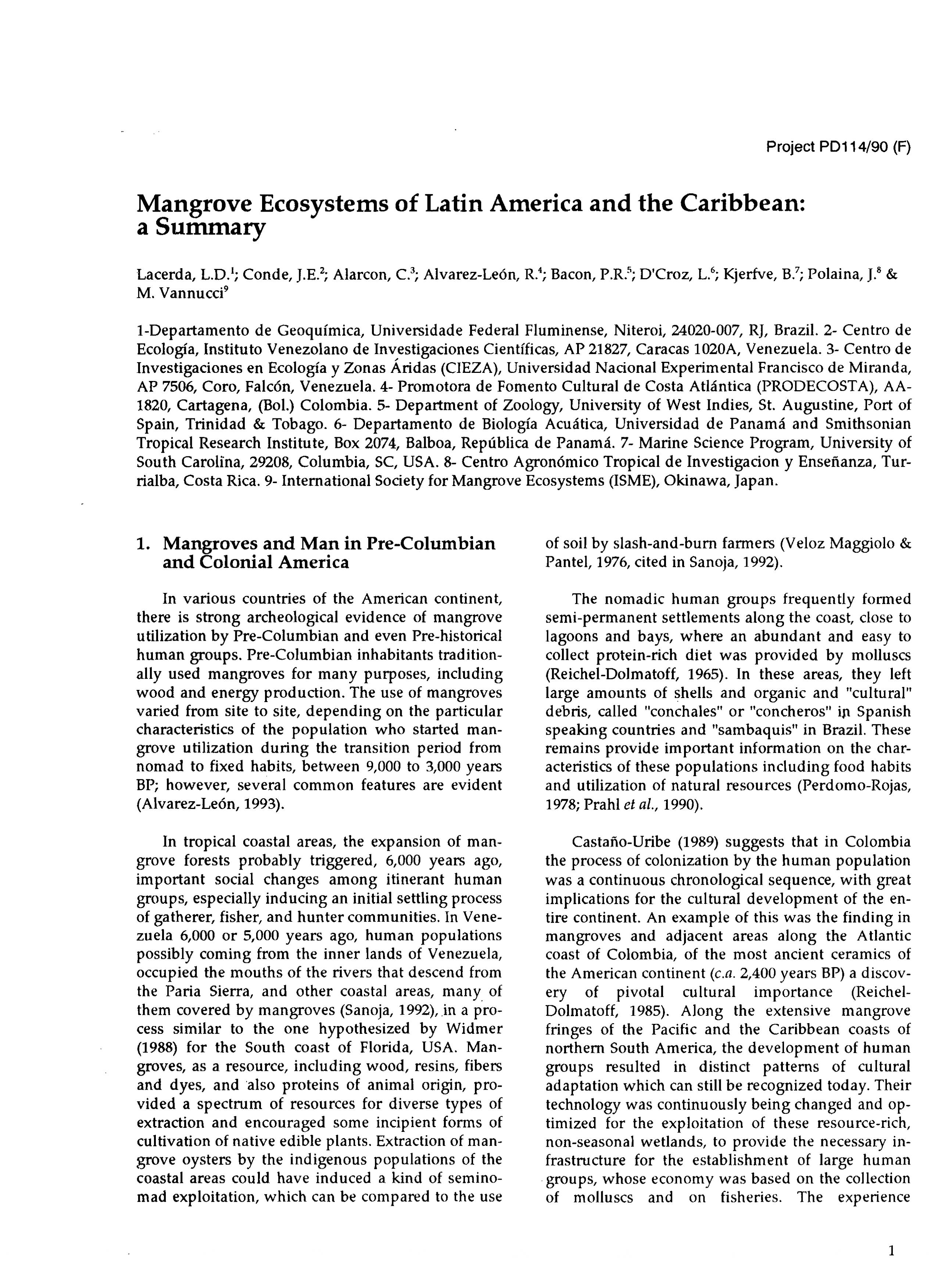
Mangrove Ecosystems of Latin America and the Caribbean: a Summary
This Document makes a description of the Mangrove Ecosystems that are located all over the differents countries of Latin America as well as its importance to the surrounding comunities.
Author: Lacerda, L., Conde, J., Alarcon, C., Alvarez, R., Bacon, P., D'Croz, L., Kjerfve, B., Polania, J. and Vannucci, M.
Year:
Keywords: mangroves
 8
8


 Report issue
Report issue
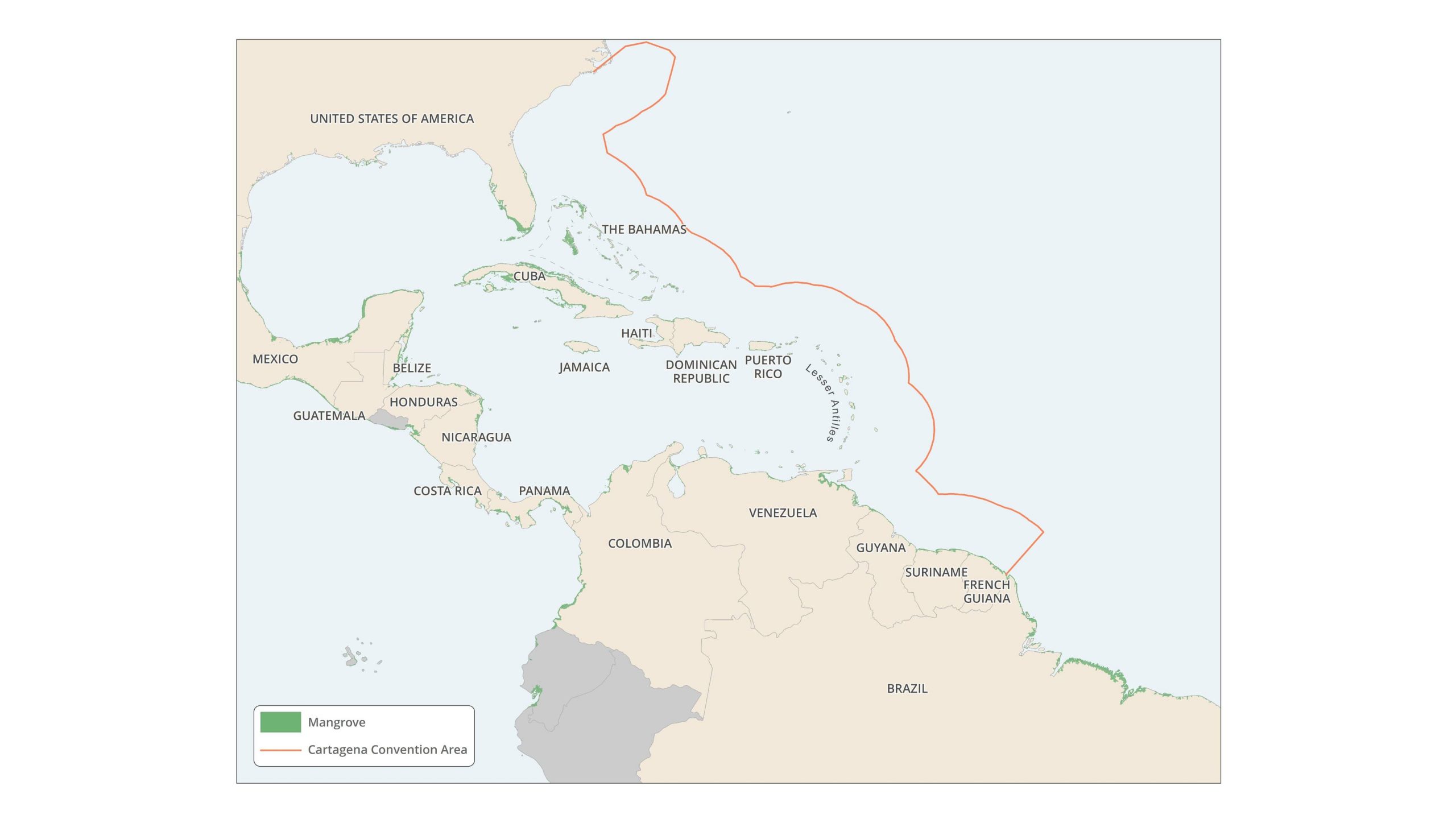
Mangrove Extent
Author: CLME+ PCU
Year:
Keywords: Mangrove Extent
 5
5


 Report issue
Report issue
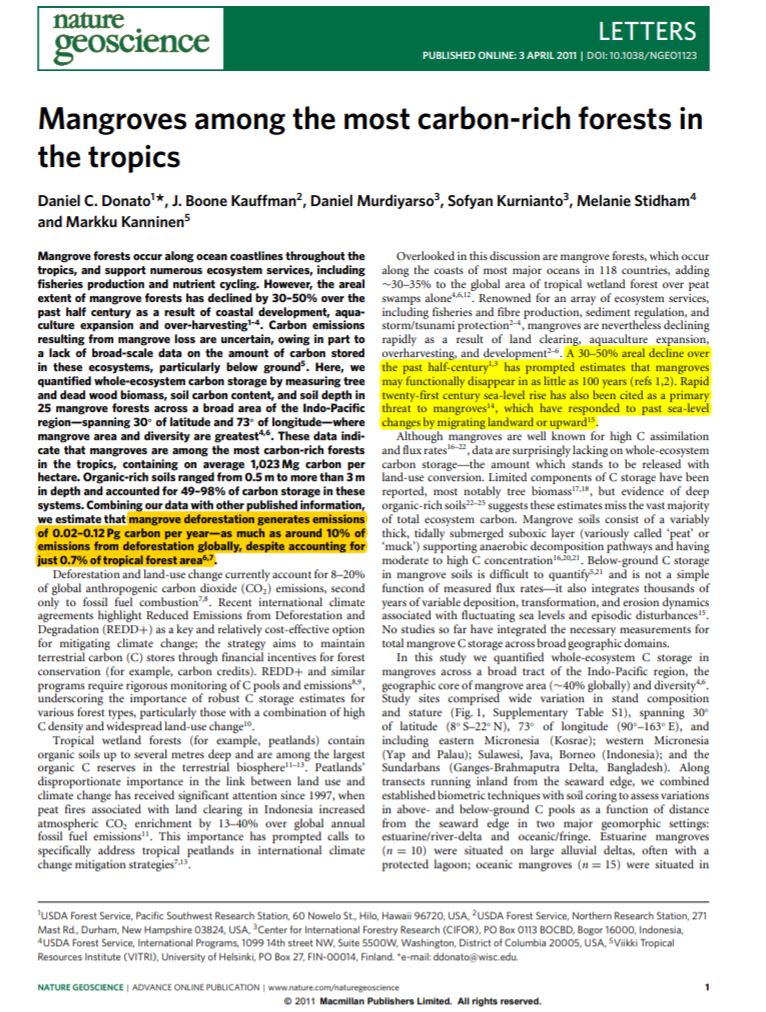
Mangroves among the most carbon-rich forests in the tropics
Mangrove forests occur along ocean coastlines throughout the tropics, and support numerous ecosystem services, including fisheries production and nutrient cycling. However, the areal extent of mangrove forests has declined by 30–50% over the past half century as a result of coastal development, aquaculture expansion and over-harvesting. Carbon emissions resulting from mangrove loss are uncertain, owing in part to a lack of broad-scale data on the amount of carbon stored in these ecosystems, particularly below ground. Here, we quantified whole-ecosystem carbon storage by measuring tree and dead wood biomass, soil carbon content, and soil depth in 25 mangrove forests across a broad area of the Indo-Pacific region—spanning 30° of latitude and 73° of longitude—where mangrove area and diversity are greatest. These data indicate that mangroves are among the most carbon-rich forests in the tropics, containing on average 1,023 Mg carbon per hectare. Organic-rich soils ranged from 0.5 m to more than 3 m in depth and accounted for 49–98% of carbon storage in these systems. Combining our data with other published information, we estimate that mangrove deforestation generates emissions of 0.02–0.12 Pg carbon per year—as much as around 10% of emissions from deforestation globally, despite accounting for just 0.7% of tropical forest area.
Author: Donato, D., Kauffman, J., Murdiyarso, D., Kurnianto, S., Stidham, M., Kanninen, M.
Year: 2011
Keywords: Mangroves, Carbon, Forest, Tropics blue carbon, mangroves
 3
3


 Report issue
Report issue
